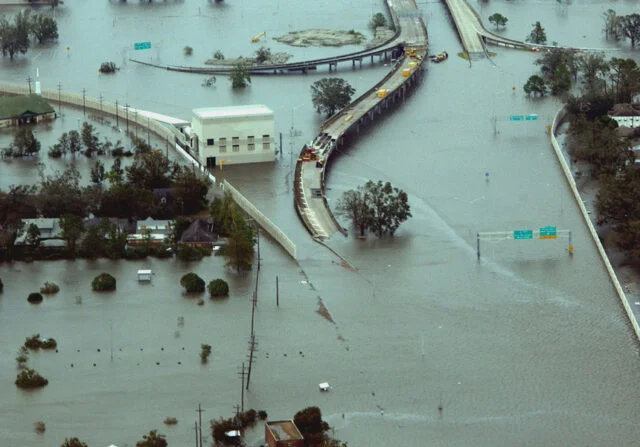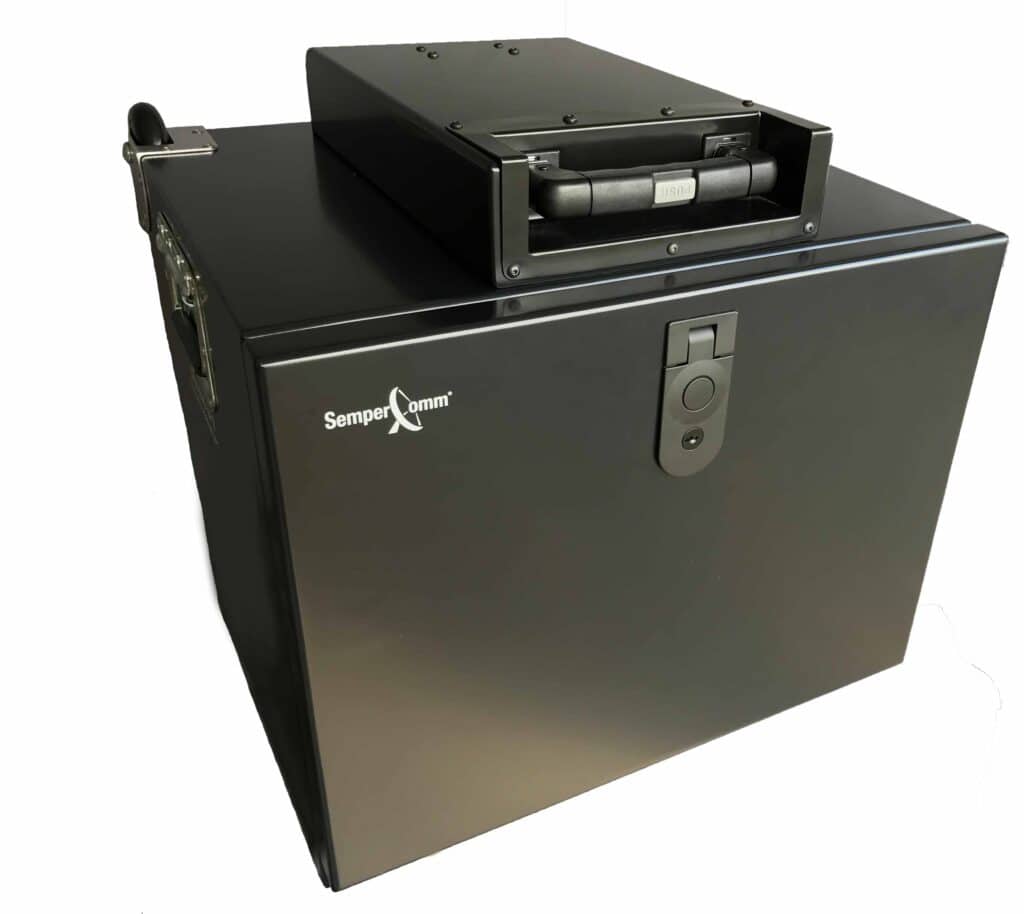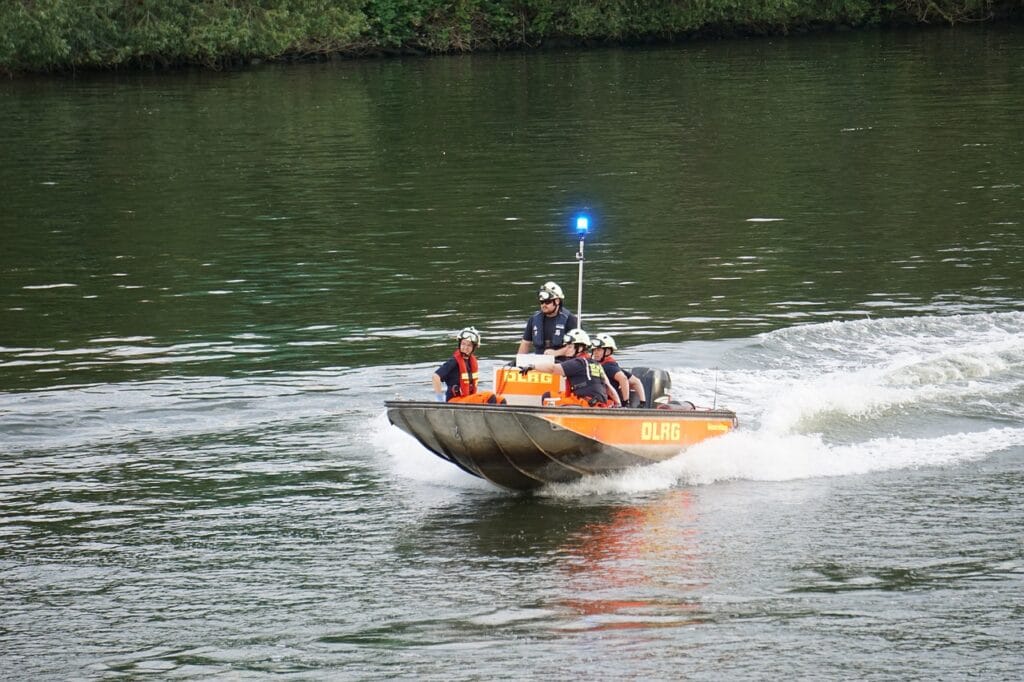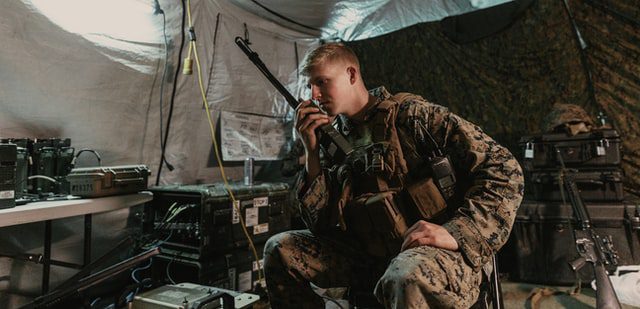Portable Communications Systems During a Natural Disaster: Are You Prepared?
Portable Communications Systems During A Natural Disaster
Having the right portable communications systems during a natural disaster is critical for every community. There is an average of 100 declared disasters across the U.S. annually. As a result, no community is immune from disaster events or critical incidents.
As an emergency responder, you face a broad threat profile that didn’t exist even a decade ago. You must plan for threats and hazards that include both natural and man-made disasters. Such events can suddenly and rapidly devastate your community. Preparation is critical. It’s not a matter of if a disaster will strike your community, it is simply a matter of when.
Portable Communications Systems During a Natural Disaster: First 72 hours
Having effective portable emergency communications systems in the first 72 hours can be the difference between life and death. History shows a lack of command communications in the First 72-hours is the main cause for cascading events.Cascading events greatly magnify the initial harm caused by the actual disasters themselves.
Your ability to manage events in the first hours is key for controlling and managing outcomes. Having rapidly deployable communications during a disaster is critical for all first responders.
When disaster strikes it is best to assume the following will occur:
1. That critical infrastructure will be lost or compromised. This includes roads and access to the most critical nerve centers of the event.
2. You will lose power and the critical network systems that you depend on.
3. You will lose your “normal” means of communications. Your main lines of communications will be dramatically compromised.
4. Help will arrive much latter than you think. Moreover, full restoration will take much longer than you thought.
5. Sustained operations through the Response will only happen with the backup systems you already have.
Simply put, any strategy involving backup systems depending on any form of infrastructure puts your community at risk.
For instance, a contingency plan that involves communications systems supported by generators. Generators require refueling. This is often overlooked. Generators also depend on roads to be working for fuel delivery.
Dependence on generators puts many communities at risk. This strategy has multiple interdependencies that need to function for it to work. Yet, one link failure is all it takes for this strategy to completely break down. Overdependence on back-up generators has a well-known history of failure in disaster events.
Mobile Command Centers: A Flawed Strategy
Likewise, many communities depend on a logistically heavy Mobile Command Centers. Others have agreements with other communities for this type of backup. For example, a town that depends on their county for command vehicle support.
Mobile Command Vehicles have many interdependencies. The main risk of depending on a Mobile Command Vehicle for backup is you need functional roads. Without roads, the vehicle cannot deploy to the main point of operations. In many disasters, roads are highly compromised. Mobile Command Vehicles also depend on refueling for sustained operations. This makes them less than ideal for rapid response communications.
Moreover, some depend on a single portable communications system for backup communications. Satellite phones are a popular choice for backup communications. They are relatively affordable and widely available pre-disaster. However, dependence on satellite phones as your only means of backup communications can fail. During disaster situations, the satellites themselves can become saturated with emergency traffic.
The Ideal Portable Communications Systems During a Natural Disaster
In a disaster or large scale critical incident, you need a portable communications solution that employs multiple complementary technologies. Moreover, you need a system that does not depend on any infrastructure. You need a portable system that does not depend on roads, fuel, or any single communications mode. As a result, the ideal portable communications solution should:
1. Be portable and tactically deployable without the need for roads.
2. Not be dependent on any other infrastructure in order to function.
3. Should have the right mix of redundant communications systems.
Emergency Communications For Every Situation
The SemperComm® Portable Command Center (PCC) is the ideal portable communication solution for a critical incident or disaster. The SemperComm® PCC was designed by responders for responders. The system is ideal for rapid deployment for large scale critical incidents. The SemperComm® PCC provides all the necessary stop gap communications needed for critical systems’ backup.
The SemperComm® Portable Command Center provides emergency communications for the harshest operating conditions. Our command center operates when there is no power or working infrastructure. The PCC can be pre-staged at your most critical points of operations. Finally, the SemperComm® PCC transforms any vehicle into a “Mobile Command Center” in the time it takes to place it an SUV or any other vehicle.

Communities and organizations can have increased response time and uninterrupted disaster response without the high price tag of a cumbersome mobile command vehicle.


If your existing mobile command vehicle lacks the ability to function without power, roads or networks, SemperComm provides solutions.

In an extended emergency or disaster it is understood that the first 72-hour window is when you as a responder have the greatest opportunities to minimize impact and save lives. Are you prepared?
To learn more about SemperComm® or for sales or questions, contact us.
About SemperComm® (“Always Communications”)
SemperComm® is an emergency consulting firm that provides emergency management services and emergency communication products. To learn more about how SemperComm® can meet your needs contact us.
